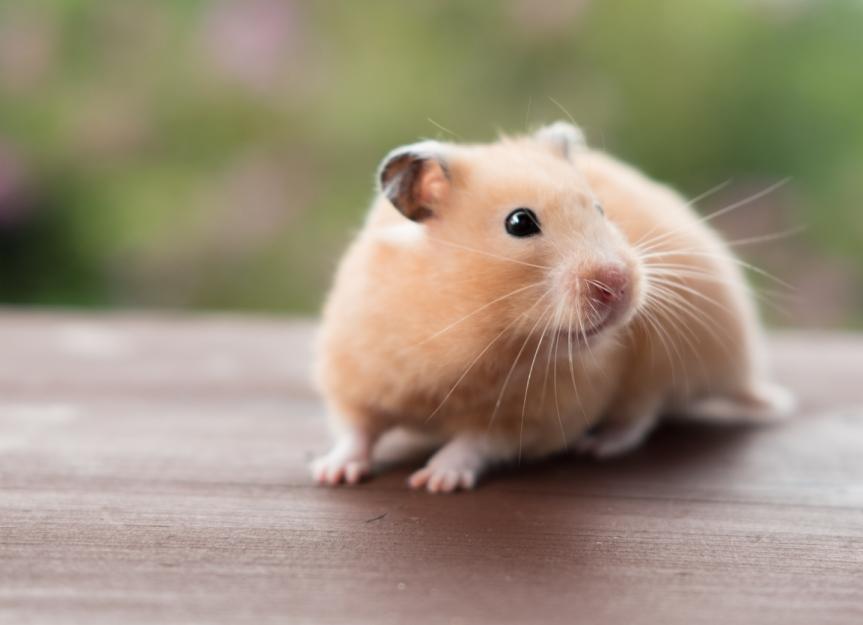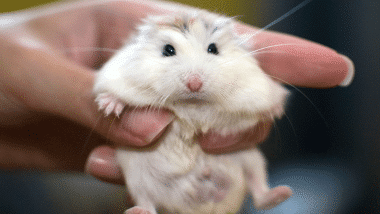Top Hamster Breeds for Children
When considering a pet for children, hamsters can be an excellent choice due to their small size, relatively easy care requirements, and captivating personalities. Choosing the right breed can ensure that your child has a fun, safe, and rewarding experience with their new furry friend. This article explores some of the top hamster breeds for children, including their unique traits, care needs, and wonderful characteristics that make them suitable companions.
Understanding Hamster Breeds
Hamsters belong to various breeds, each with distinctive features and temperaments. Understanding the different types can help you select the most suitable breed for your child. For example, some breeds are known for their gentle demeanor, while others may be more energetic and interactive. To ensure a positive experience, it’s crucial to choose a hamster breed that aligns with the child’s needs and experience level.
Syrian Hamsters
One of the most popular breeds, Syrian hamsters, also known as golden hamsters, are renowned for their friendly nature. They are typically larger than other breeds, making them easier to handle for children. Syrian hamsters are solitary creatures, requiring their own space to thrive, typically a spacious habitat filled with enrichment activities. They tend to be more active during the night, providing entertainment for children who enjoy watching their furry friend race around in its wheel.

Dwarf Hamsters
Dwarf hamsters, including Roborovski and Campbell’s dwarf hamsters, are smaller in size and often more social than Syrian hamsters. They enjoy interacting with their owners but can be quick and elusive, requiring a gentle approach when handling. Their smaller size may appeal to children, but they often do better in pairs or small groups. To maintain a harmonious community, it is recommended to introduce dwarf hamsters at a young age, ensuring they grow up together.
Positive Interactions with Hamsters
Teaching children how to properly interact with their hamsters is a cornerstone of responsible pet ownership. Engaging with their hamster can foster a bond and create lasting memories. Gradual interaction is key; children should start by allowing their hamsters to become accustomed to their presence before holding them. When children are involved actively, they learn empathy and responsibility, which are crucial life skills.
Creating the Perfect Habitat
A well-designed habitat is essential for the hamster’s health and happiness. Every hamster breed benefits from appropriate shelter, climbing opportunities, and hiding spots. For a Syrian hamster, a larger enclosure with plenty of bedding for burrowing is ideal. For dwarf hamsters, smaller cages with vertical space for climbing help satisfy their curious nature. Children can participate in decorating the habitat, making it a fun and educational experience.
Introducing Hamster Care
Understanding hamster caregiving basics can instill a sense of responsibility in children. Clear routines for feeding, cleaning, and interacting with their pets are essential. A hands-on approach ensures children remember that hamsters are not just playthings; they have specific needs that must be met consistently. With guidance, children can help with feeding and ensure that their hamsters receive fresh water daily.
Fun Activities for Children and Their Hamsters
Engaging children in fun activities with their hamsters can enhance their understanding and appreciation for their pet. Constructing obstacle courses or tunnels is not only entertaining for both kids and hamsters but also promotes physical activity. With patience, children can also learn training techniques to teach their hamsters specific behaviors, enhancing the overall bond and trust between them.
Exploring Hamster Behavior
Understanding hamster behavior can lead to a richer pet experience. Observing how hamsters interact with their surroundings, such as how they use their wheel or dig through bedding, can fascinate children. This observation bonds children to their pets by recognizing their personalities and quirks. Encouraging children to keep a journal of their hamster’s behavior can provide valuable insights into their pet’s behavior and has a fun learning element.
Responsible Pet Ownership
Incorporating discussions about responsible pet ownership is important as children learn to care for their new dynamic friends. Parents should emphasize the commitment involved in keeping a hamster while making the experience enjoyable as well. Teaching children about the hamster’s lifespan, dietary needs, and healthcare will help them appreciate the responsibilities that come with being a pet owner.
Key Takeaways
- Syrian and dwarf hamsters are among the best hamster breeds for children.
- Children can learn valuable skills through proper hamster care and interaction.
- A well-designed habitat contributes to a hamster’s well-being.
- Engaging in fun activities enhances the child’s connection with their pet.
FAQ
1. What is the best breed of hamster for young children?
Syrian hamsters are often considered the best choice for young children. They have friendly temperaments, are relatively easy to handle, and allow for interactive play sessions. Their larger size makes them easier to catch and handle, which is ideal for little hands learning about pet ownership.
2. How do I setup a cage for my child’s hamster?
Setting up a hamster cage involves ensuring it has adequate space, bedding, and accessories. Ensure the enclosure is secure, has a comfortable substrate such as aspen shavings, ample hiding spots, and toys for stimulation. Adding a wheel for exercise will keep your child’s hamster entertained and healthy.
3. How often do hamsters need cleanings?
Hamster habitats should be cleaned at least once a week. Spot cleaning should be performed every few days to maintain hygiene. This regular maintenance will help prevent unpleasant odors and promote a healthy living space for the hamster. Involving children in this routine can teach them responsibility.
4. Can hamsters be kept in pairs?
While some hamster breeds like dwarf hamsters can live together if introduced correctly at a young age, Syrian hamsters are solitary animals and should be housed alone. Understanding the social preferences of each breed will help avoid aggressive behavior.
5. What types of toys are safe for hamsters?
Hamsters enjoy a variety of toys to keep them active and stimulated. Appropriate toys include tunnels, chew toys, and exercise wheels. Avoid toys made with plastic that can be harmful if ingested. Ensuring that any toys are the proper size according to the breed can enrich their play experience.
